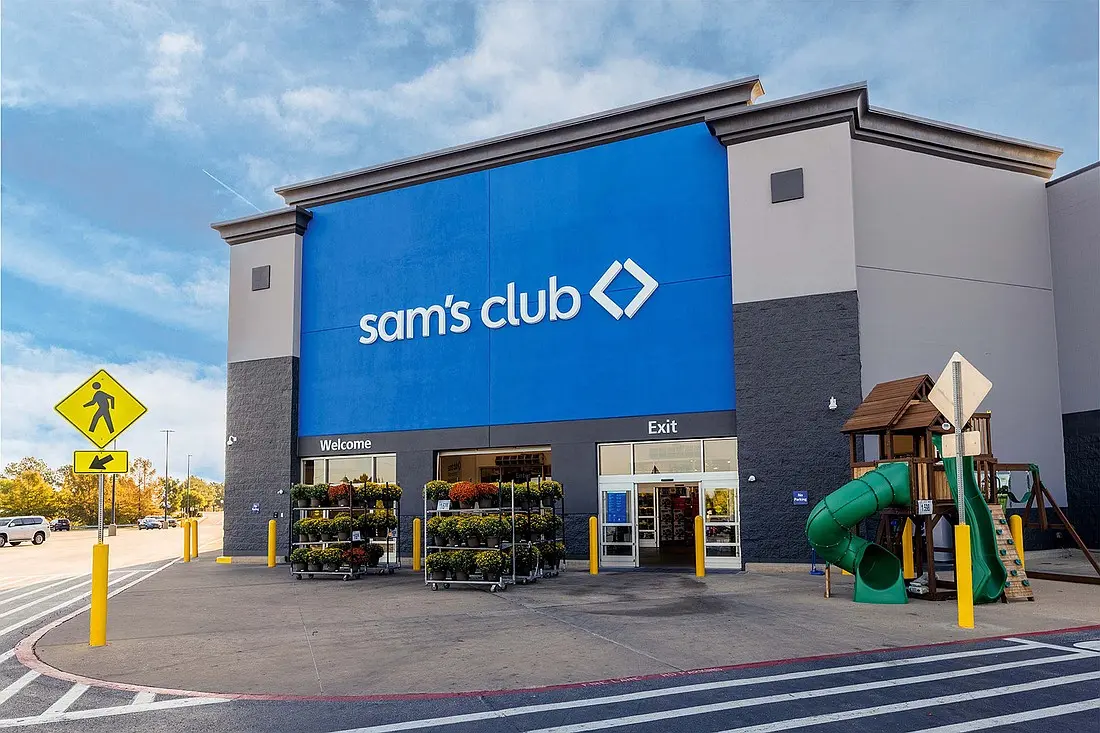Sam’s Club is embarking on one of the most ambitious expansion strategies in retail today, announcing plans to open approximately 15 new warehouse clubs annually while simultaneously remodeling all 600 of its existing locations across the United States. This aggressive growth initiative represents a significant acceleration from the company’s previous expansion timeline and positions the Walmart-owned retailer to capitalize on changing consumer shopping behaviors during uncertain economic times.
The $90 billion warehouse club division revealed its comprehensive transformation strategy during Walmart’s 2025 Investment Community Meeting in April, with CEO Chris Nicholas emphasizing the company’s commitment to becoming “the world’s best club retailer.” The expansion comes at a critical time when American consumers are increasingly turning to discount warehouse clubs to stretch their purchasing power amid persistent inflation and rising import costs due to tariffs.
This strategic pivot marks a dramatic shift from Sam’s Club’s 2023 plan to open 30 stores over five years. The retailer is now committing to more than double that pace, demonstrating confidence in the warehouse club model’s resilience and growth potential. The first two new locations for fiscal year 2025 are already planned for Tempe, Arizona, and Lebanon, Tennessee, marking Sam’s Club’s debut in both cities.
The expansion strategy extends beyond physical footprint growth, encompassing a complete digital transformation that leverages Walmart’s enterprise fulfillment network and technology platforms. This omnichannel approach enables membership growth beyond traditional geographic constraints, allowing Sam’s Club to engage customers both in-store and online more effectively.
Strategic Growth Objectives and Market Positioning
Sam’s Club has set extraordinarily ambitious targets for the next decade, aiming to double its membership base, sales, and profits over the next 8 to 10 years. This growth strategy is built on the foundation of the company’s impressive recent performance, with net sales reaching $90.2 billion in the most recent fiscal year—a remarkable 53% increase from pre-pandemic levels.
The membership base has already demonstrated strong momentum, growing 33% over the past five years despite virtually no new club additions during that period. This organic growth provides confidence in the retailer’s ability to attract and retain customers through enhanced value propositions and improved shopping experiences.
Technology Integration and Customer Experience Enhancement

Central to Sam’s Club’s expansion strategy is the integration of advanced technology solutions designed to streamline the shopping experience. The retailer is significantly expanding its Scan & Go technology deployment alongside Just Go checkout systems and personalized AI-driven advertising capabilities. Currently, half of the company’s members either shop online or utilize the Scan & Go feature while shopping in-store, with approximately 40% of all transactions being processed digitally.
The remodeling initiative will feature comprehensive digital expansions at all locations, with the newly opened Grapevine, Texas, location serving as the template for future club designs. These technological enhancements are designed to create what Nicholas describes as a “shopping experience devoid of obstacles and annoyance” that anticipates members needs and delivers beyond expectations.
Fresh Food Focus and Convenience Offerings
Fresh food continues to serve as a primary traffic driver for Sam’s Club’s business model, representing an area where members can immediately recognize quality and value differences. The company is systematically upgrading fresh food areas across its club network on a rotating schedule, with renovated locations demonstrating strong performance improvements.
Todd Sears, Senior Vice President and CFO of Sam’s Club, emphasizes that fresh foods sold both online and in clubs, combined with in-store digital tools, will be crucial areas for attracting consumers seeking convenience and value. The strategy also includes expanding food service offerings, with plans to introduce pizza delivery and sushi options as part of the enhanced convenience focus.

